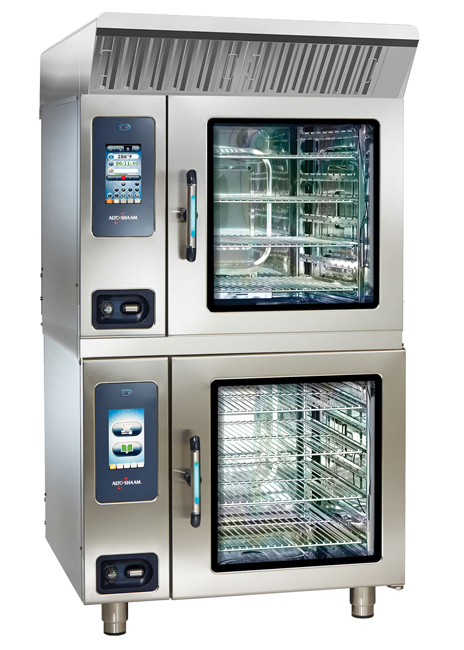Pressure fryers show a variety of signs the unit is at the end of its service life. One of the main indications is a leaking tank or well. Signs a tank is leaking include hardened oil under the fryer and behind the unit’s door. This is due to carbon buildup that will not only cause leaks but will also impact the fryer’s productivity and can be a fire hazard.
Cooking Equipment Guides
A good combi oven can easily cost an operator tens of thousands of dollars. That sort of investment is worth protecting with regular care, cleaning and maintenance. Here are a few tips to keeping combis up and running.
When purchasing a pressure fryer, operators first should determine how much food they intend to produce per batch. Capacities, which are not related to the amount of food being fried but the quantity of oil being used, range between 48 pounds and 75 pounds.
Steam-jacketed kettles can produce greater volumes with increased consistency, while reducing labor for both preparation and cleaning. Here is a quick overview of this type of foodservice equipment.
Kentucky Fried Chicken was among the first foodservice operators to use pressure fryers. In doing so, the chain worked with the foodservice equipment industry to develop a safe alternative to its modified stovetop pressure-cooker setup. Due to enhanced efficiency, these units became a staple in quick-service operations. Touted for their speed and flavor-enhancing abilities, pressure fryers are used for a variety of items, including chicken, battered fish, calamari, mozzarella sticks and vegetable tempura.
Commercial-grade panini presses are a fixture in cafes that offer hot sandwiches and quesadillas. Despite the name, panini presses, also referred to as sandwich presses or panini machines, can be used for heating up more than just the popular hot sandwiches.




















